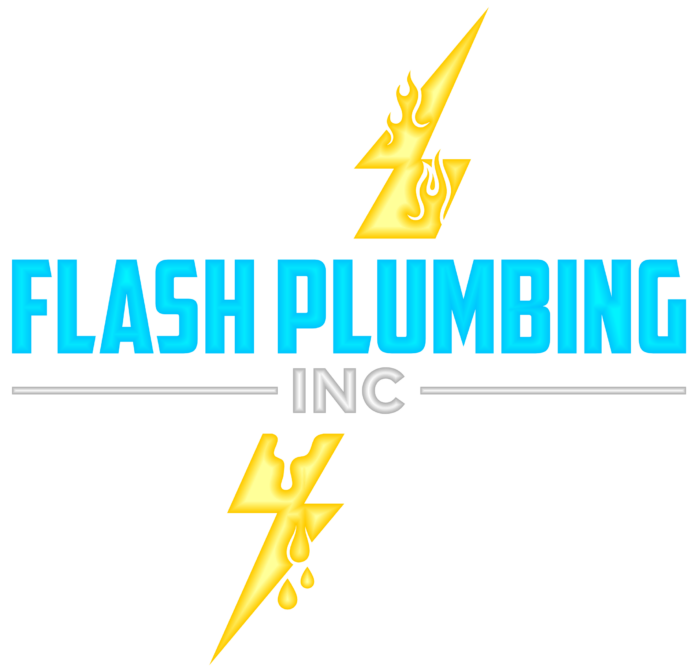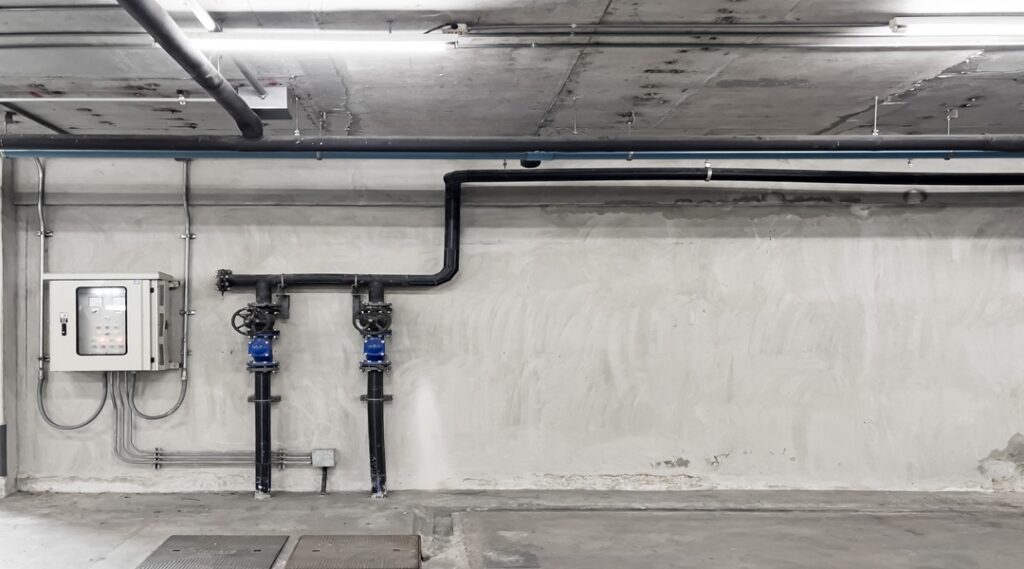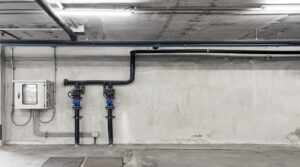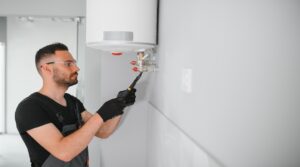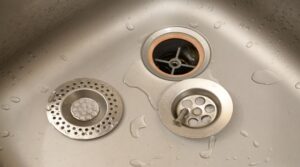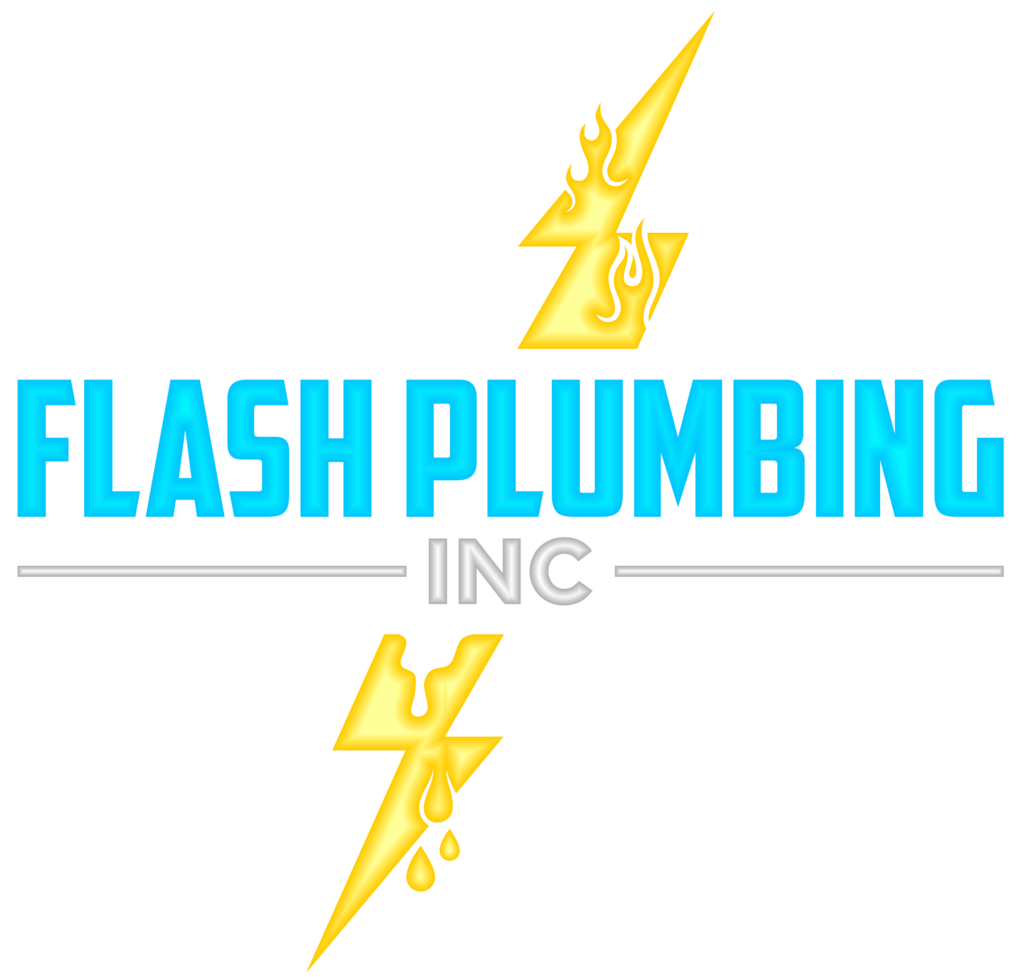Do you ever wonder if your basement needs a sump pump or if it’s time to replace an existing one? Evaluating the flood risk of your basement is crucial. Paying attention to signs that indicate the need for sump pump replacement can save you from headaches later on.
Plus, knowing how to pick the right sump pump matters just as much. Let’s chat about these subtopics: assessing flood risks for basements, spotting tell-tale signs that suggest it’s time for a new sump pump, and choosing one that meets your needs perfectly. Water damage not only causes financial loss but can also cause health problems due to increased mold and mildew growth.
Assessing Basement Flood Risk
To effectively assess basement flood risk, consider the essential role a sump pump plays in keeping your space dry. Positioned in a pit at your basement’s lowest point, this device activates when water levels rise, swiftly moving unwanted moisture away from your home’s foundation. Especially critical for areas prone to heavy rain or flooding, it safeguards against structural damage and prevents mold growth by maintaining optimal dampness daily.
For properties with finished basements or located on flood-prone land, installing one becomes indispensable. Not only protecting investments but also offering peace of mind during weather uncertainties. If you’ve previously battled floods or reside where rains are frequent, sump pump replacement is worth considering as part of routine maintenance to ensure reliability when needed most.
Signs Your Sump Pump Needs Replacement
Your sump pump works hard to keep your basement dry, but after 7 to 10 years, it might need replacing. Similar costs for fixing an old one versus getting a new model mean replacement often makes more sense. How long yours lasts depends on its workload and maintenance routine – regular cleaning can extend its life.
Regardless of age, if you’re entering a wet season or the warranty is nearly up, consider installing a fresh pump rather than risking flood damage. Adding a battery-operated back-up sump pump provides extra security during power outages by kicking in when the main pump fails, proving invaluable against unexpected water ingress.
Choosing the Right Sump Pump
When deciding on the right sump pump, first consider its capacity. You need one that can handle your home’s water volume, especially during heavy rains. A submersible pump is typically quieter and less obtrusive but might cost more than a pedestal type.
While submersibles are placed inside the sump pit for efficient operation, pedestals stand upright outside of it, making them easier to service but also noisier and more visible. Evaluate additional features like battery backup systems, which provide peace of mind during power outages. Also important is opting for a model with an alarm to alert you when water levels rise too high or if there’s a system failure.
Keep in mind maintenance requirements; regular testing ensures functionality when needed most. By prioritizing these aspects according to your specific situation, choosing becomes simpler. Ensuring long-term protection against basement flooding.
Absolutely, if your basement collects water or you live in a place where heavy rains are common, getting a sump pump is wise. It’s not just about avoiding the nuisance of water damage; it’s about safeguarding your home’s foundation and keeping mold at bay. Offers top-notch solutions that can keep your basement dry and secure year-round. Don’t wait for the next storm to test your luck. Consider having a reliable sump pump installed to protect what matters most to you.
